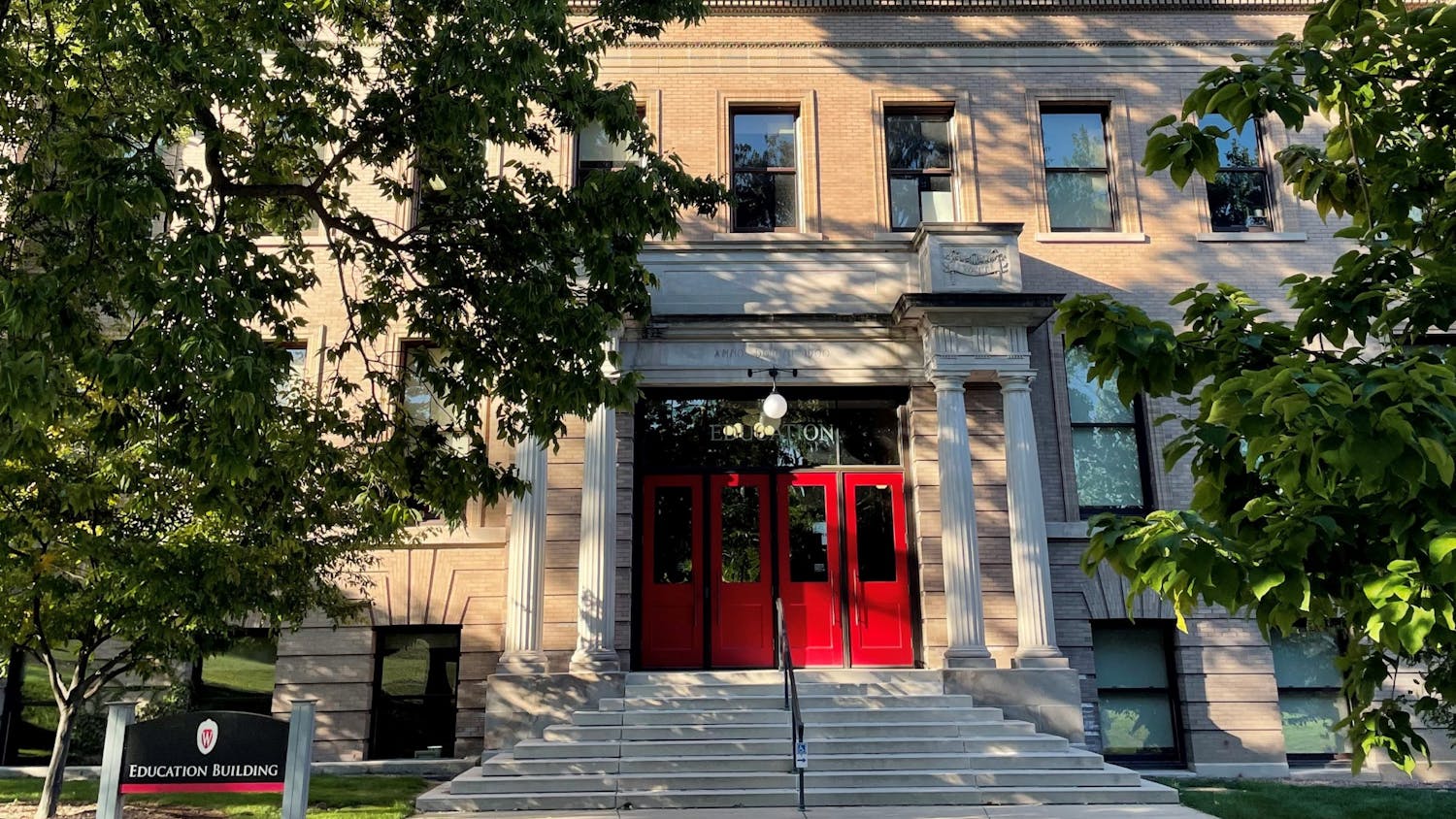We all see it: a surge in extreme weather, heatwaves, pollution and a growing danger to clean water.
With cities holding 4.4 billion people, more than half of the world’s population, informed urban planning is becoming an increasingly valuable player in the battle against climate change. These dense cities account for over 80% of global GDP, contribute 70% of greenhouse gas emissions and utilize nearly 66% of the world’s total energy, — making sustainable urban development more critical than ever.
Though widely used, our college town’s sidewalk networks, nature paths, public parks, bicycle lanes and public transportation are sometimes taken for granted. Many fail to realize that the facets of Madison that make it so livable also make it one of the Midwest’s most sustainable cities, ranking 8th in the nation for green initiatives.
In particular, Madison’s public transit infrastructure is a key factor in promoting sustainability. By reducing reliance on cars, it’s easier for people to access downtown, benefiting both the local economy and public safety.
Furthering sustainability efforts — and thanks to President Joe Biden’s Bipartisan Infrastructure Law — the city of Madison rolled out its ambitious Bus Rapid Transit (BRT) project on Sept. 22. BRT will take the city’s public transport to the next level, spanning 15 miles with 31 stations equipped with student-led solar powered shelters fueling real-time update screens alongside dedicated bus lanes and larger, electric, disability-friendly buses. This ambitious project showcases how urban development can successfully prioritize accessibility, convenience and environmental impact collectively.
Madison residents might view these public transit improvements as simply about the element of convenience, of getting places faster and escaping the Arctic winds whipping through campus. However, these efforts are just as much about sustainability. The electric buses reduce emissions, dedicated lanes reduce traffic and solar-powered shelters promote renewable energy.
This intentional design goes far beyond providing sheer comfort and ease for locals. At its core, it’s all about reducing the city’s carbon footprint and supporting long-term environmental goals. It recognizes the dire need to build a greener future.
But this commitment to environmental awareness extends past public transportation. Known as the unofficial bike capital of the Midwest, Madison is even home to more bikes than cars. With a wide array of bike lanes, biker-friendly traffic rules and community cycling events, Madison’s infrastructure encourages a biking culture promoting physical activity, lowering chronic illness and cutting down individual emissions in the process. As a result, the city has earned the title of a Platinum-level Bicycle Friendly Community from the League of American Bicyclists each year since 2015.
On campus, it’s easy to appreciate Madison’s commitment to pedestrians. As class gets out, crowds of people are able to move smoothly along the city’s extensive sidewalks. As the fifth-fittest city in the United States, it’s no surprise that Madison’s ability to maximize walking and minimize driving contributes to lower rates of obesity, asthma, high blood pressure, diabetes or stroke than average.
But creating a walkable community goes beyond keeping Madison healthy– it has the power to save our planet. If just 5% of car travel is shifted to walking, 2.83-3.51 gigatons of carbon emissions could be reduced from our atmosphere by 2050, according to projected investments. With the nation’s best urban air quality, Madison has already made a commitment to sustainable urban planning practices.
Continued development and expansion of walkable infrastructure creates the opportunity to maintain our city’s status as a leader in environmentally conscious development.
Making areas more walkable is more than just increasing activity and ease of navigation– it’s about creating a sense of community. Whether it’s The Terrace or James Madison Park, thoughtful public spaces invite people to explore, relax, stroll and connect, turning neighborhoods into places for interaction and belonging.
Madison’s urban planning is a model of innovation and sustainability, rejecting mundane development in favor of thoughtful, people-centered design. The progressivism of Wisconsin’s capital views local government as a powerful force for good — one that is not only capable of countering profit-driven development but is also expected to actively prioritize the needs of people and the planet over commercial agendas.
The reality is, we are running out of time. Now more than ever, University of Wisconsin-Madison students must fiercely protect what defines us: the strength of our community, the health of our planet and the beauty we’re so lucky to share.
Staff Writer






